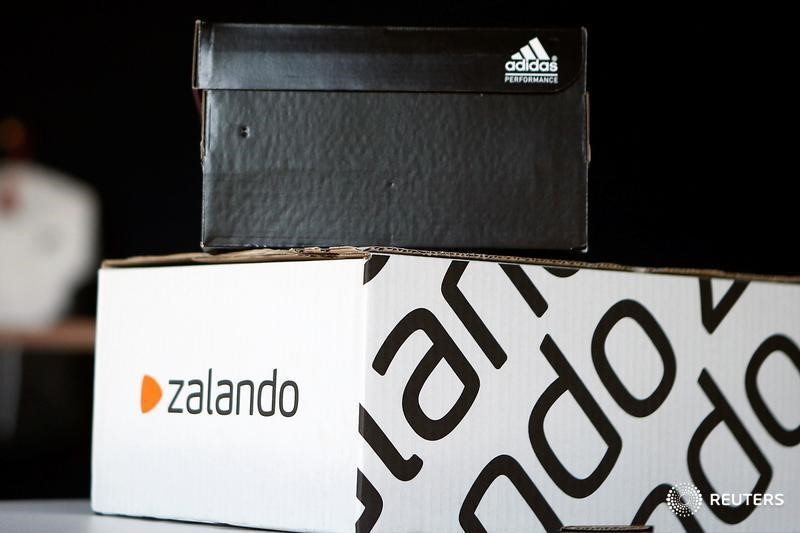How are energy investors positioned?
Investing.com -- Jefferies has initiated coverage of Zalando SE (ETR:ZALG) with a “buy” rating and a €33 price target, implying a 22% upside from the last closing price of €27.10.
The brokerage identifies operating leverage, platform expansion, and potential M&A as key drivers of margin improvement and earnings growth.
Jefferies forecasts a 25% CAGR in EPS from 2024 to 2028, compared to 7.1% for European clothing retailers and 16.9% for brands.
Group EBIT margins are projected to rise from 5.3% in 2025 to 7.5% by 2028, above the 7.1% consensus.
Fulfillment costs are expected to decline to 21.2% of sales by 2028, down from 22.9% in 2024, due to increased distribution capacity utilization, from roughly 60% to 70% over the period.
Revenue is expected to grow from €10.6 billion in 2024 to €13 billion in 2027. Jefferies forecasts B2C revenue growth at a 7% CAGR through 2028, ahead of the 6% consensus.
The B2B segment, which includes logistics and services offered to partner brands, is projected to grow at a 13% CAGR versus consensus at 12%.
The November 2024 NXT logistics partnership is cited as a key validation of Zalando’s platform appeal.
The analysts also see room for Zalando to act as a consolidator in European online fashion.
The brokerage flags potential synergies from the AboutYou acquisition, especially in fulfillment.
AboutYou’s fulfillment costs were 25.6% of sales in FY2025, versus Zalando’s 22.7%. Aligning those could generate significant fixed-cost leverage.
Jefferies values Zalando at a 2026 EV/EBIT multiple of 8.7x and a P/E of 21.3x. By 2028, that P/E is expected to fall to 11.3x due to earnings growth.
The brokerage argues the current valuation is undemanding, noting that Zalando’s B2B operations trade at a discount to logistics peers and its B2C business at a 34% discount to other European clothing retailers.
Zalando’s net cash position of approximately €1.2 billion is also factored into valuation.
Risks to the price target include macroeconomic deterioration in Europe, failure to win B2B contracts, M&A integration issues, and lower-than-expected online retail penetration.
